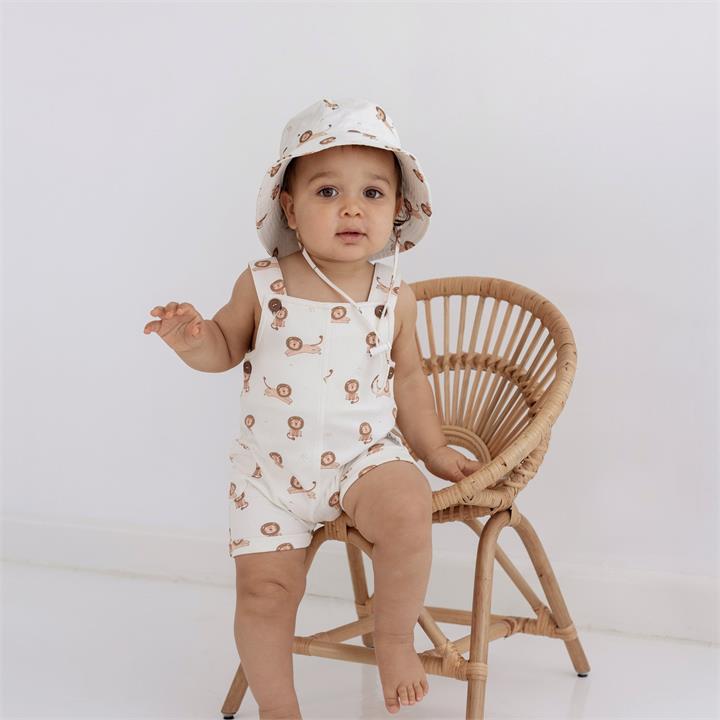The history of baby headgear is a fascinating journey that reflects the evolution of parenting practices, cultural traditions, and technological advancements. From simple cloth wraps to intricately designed bonnets, the purpose of baby headgear has evolved over the ages, serving not only as a practical necessity but also as a symbol of status, protection, and fashion. As parents today, understanding the rich history of baby headgear can provide valuable insights into choosing the best options for our little ones. Let’s take a journey through time and explore the evolution of baby headgear, along with considerations for modern parents.
Ancient Origins:
In ancient civilizations, such as Ancient Egypt and Mesopotamia, babies were often swaddled tightly in cloth wraps or strips of fabric to provide warmth, security, and protection. These swaddling practices not only helped regulate the baby’s body temperature but also promoted a sense of comfort and security, mimicking the feeling of being in the womb.
Medieval Era:
During the Middle Ages, baby headgear began to take on symbolic and religious significance. Infants were often adorned with bonnets or caps featuring intricate embroidery, lace, and embellishments, reflecting the family’s social status and religious beliefs. These ornate head coverings were considered essential for protecting the baby’s delicate head and warding off evil spirits.
Victorian Era:
The Victorian era saw a resurgence of elaborate baby headgear, with bonnets and hats becoming staple accessories for infants, particularly among the upper classes. Bonnets made from fine fabrics like silk and satin were adorned with ribbons, bows, and lace, reflecting the prevailing fashion trends of the time. Practicality was still a consideration, with bonnets serving to protect babies from the sun, wind, and cold weather.
20th Century:
The 20th century witnessed significant changes in baby headgear, influenced by advancements in technology, changing social norms, and cultural shifts. The introduction of mass production and synthetic materials led to the widespread availability of affordable and practical headgear options for babies. Caps, beanies, and knit hats became popular choices for keeping babies warm and cozy, while also making fashion statements.
Modern Times:
In today’s modern world, baby headgear comes in a wide array of styles, materials, and designs to suit every parent’s preference and lifestyle. From organic cotton bonnets to lightweight sun hats, parents have more options than ever before to choose from. When selecting headgear for your baby, here are some important considerations to keep in mind:
- Safety: Ensure that the headgear fits your baby comfortably and securely without posing any risk of suffocation or strangulation. Avoid headgear with long strings, small parts, or embellishments that could detach and become choking hazards.
- Functionality: Choose headgear that serves a practical purpose, whether it’s providing warmth, sun protection, or simply keeping your baby’s head covered. Consider the climate and weather conditions in your area when selecting headgear for your baby.
- Comfort: Opt for soft, breathable fabrics like cotton or bamboo that are gentle on your baby’s delicate skin and allow for airflow. Adjustable closures and stretchy materials can ensure a snug yet comfortable fit for your little one.
- Style: While functionality is essential, don’t overlook the importance of style and aesthetics. Choose headgear that complements your baby’s outfits and reflects your personal taste and style preferences.
- Durability: Look for high-quality headgear that can withstand frequent washing and everyday wear and tear. Reinforced seams, sturdy closures, and machine-washable materials can ensure longevity and durability.
- UV Protection: If you’ll be spending time outdoors with your baby, consider headgear with built-in UV protection to shield your baby’s delicate skin from harmful sun rays.
- Versatility: Select headgear that can easily transition from one season to the next, providing year-round comfort and protection for your baby. Adjustable features like chin straps or ear flaps can adapt to changing weather conditions.
By considering these factors and understanding the evolution of baby headgear through the ages, you can make informed choices that prioritize safety, comfort, and style for your precious little one. Whether you opt for a timeless bonnet, a cozy knit hat, or a modern sun hat, your baby’s headgear is sure to add a touch of warmth and charm to their adorable ensembles.
